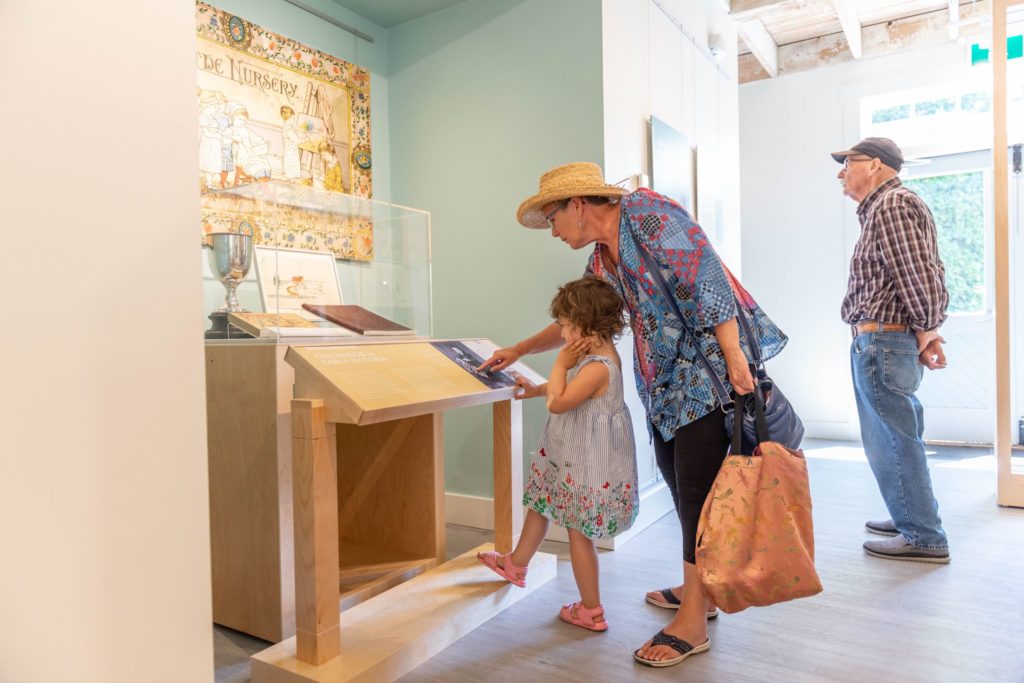3.6 Best Practice: Telling the Story
What We’re Hearing
Weak partnerships affect the ways that stories are told at historic sites, limiting the development of sound interpretive strategies that effectively engage citizens and visitors. Interpretation is most often addressed almost entirely by operators with the support of third parties and high level oversight of site owners.
Owners may work more closely on interpretive projects in the case of some publicly owned sites, such as Parks Canada sites, where owners hold interpretive expertise. Programming becomes restrictive and potentially poor when owners enact too much control over interpretive development, or when political perspectives of a government limit storytelling.
Another common issue exists in the logistics of offering public programming and events, as operators and third parties find themselves challenged by impractical permit requirements or restrictive policies, regulations, and public access imposed on by site owners.
Best Practices
Interpretation, programming, and community engagement are essential to animating sites to render meaning in the public realm and relevancy to people’s lives. Sites that are thriving are usually communicating stories in innovative ways, drawing on place-based histories to address contemporary themes and issues. Mutual trust must be established between partners so that those responsible for animating the site can do so with freedom, flexibility, and creative vision that re-imagines the function of historic sites as socially relevant spaces.
Best Practices for Owners
Best Practices for Operators
Try This – Owners, Operators, and Third Parties
Too often, sites are fully engaged in the business of staying alive and interpretation falls to the wayside. Try having an annual board/committee meeting of all partners that examines the year’s interpretive offerings and provides feedback on each event’s successes and difficulties. Formulate the discussion into direction to continue moving the interpretive program forward.

Photo Credit: Point Ellice House